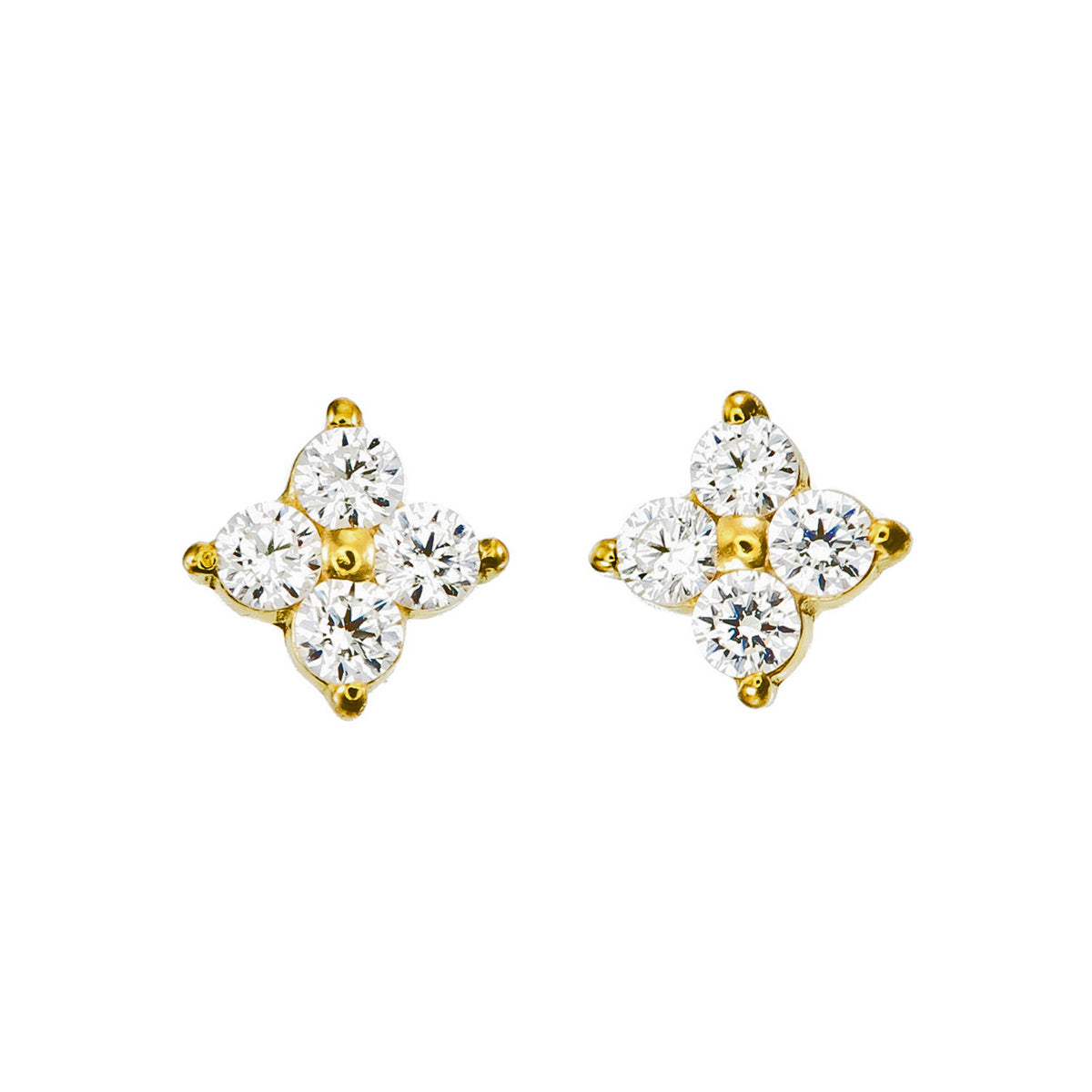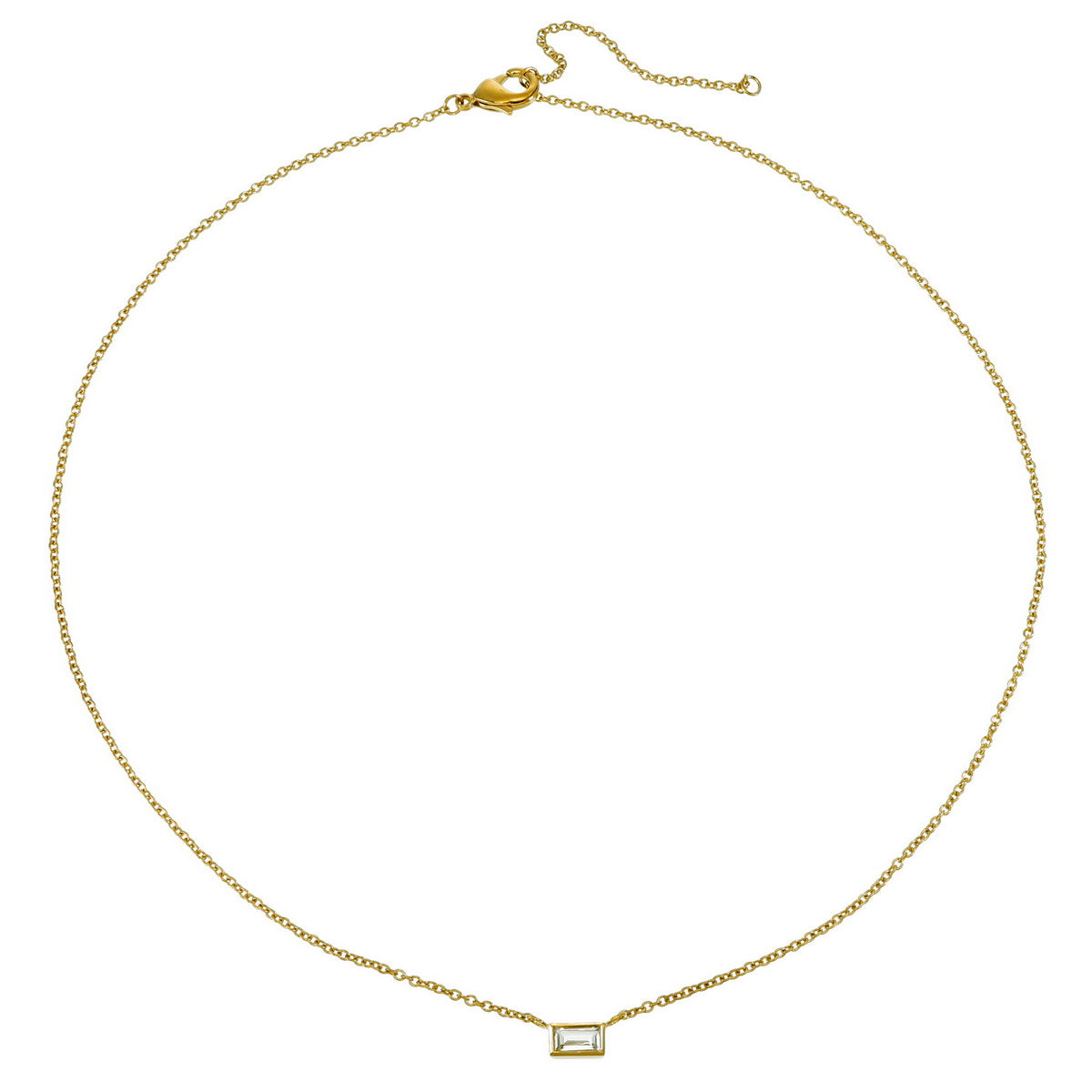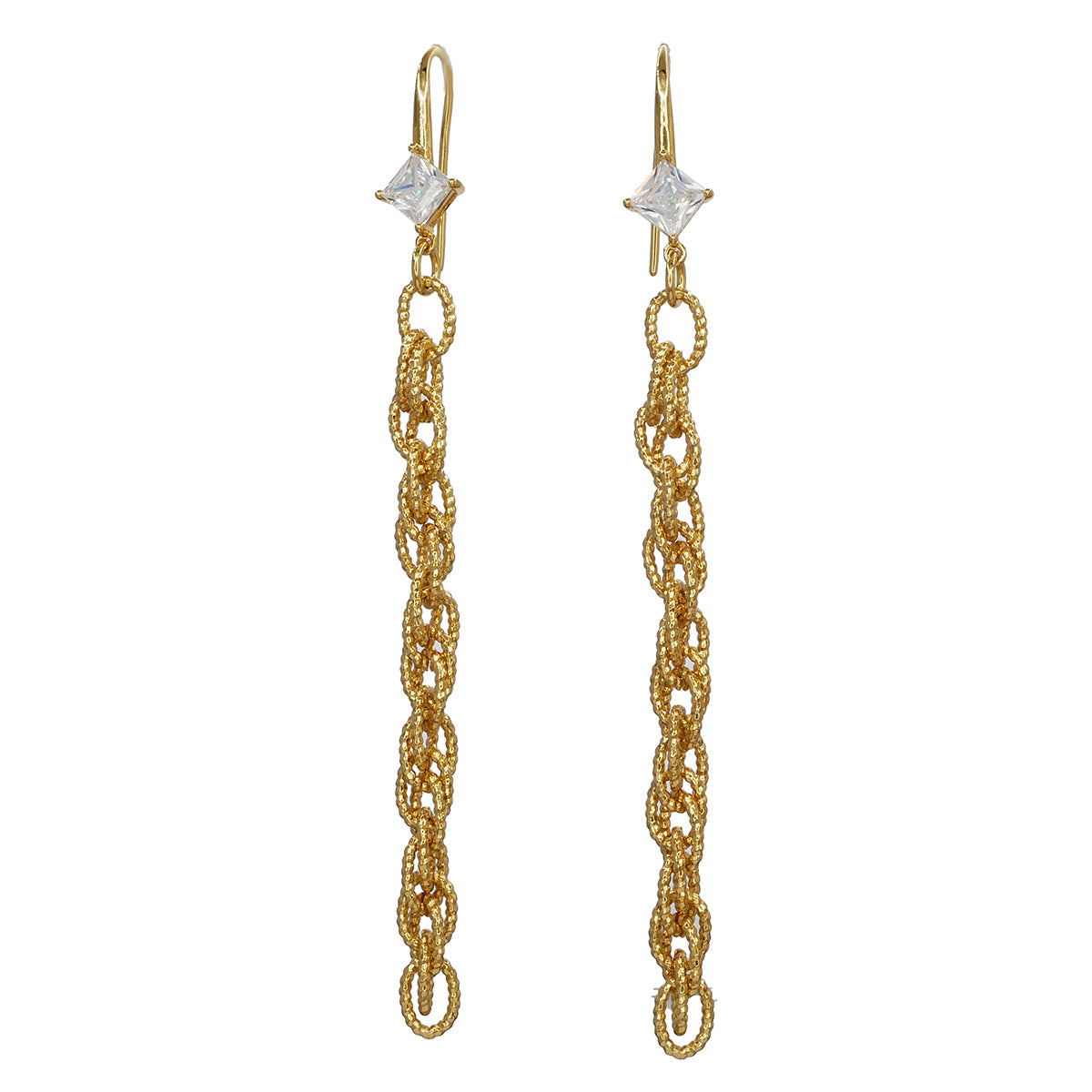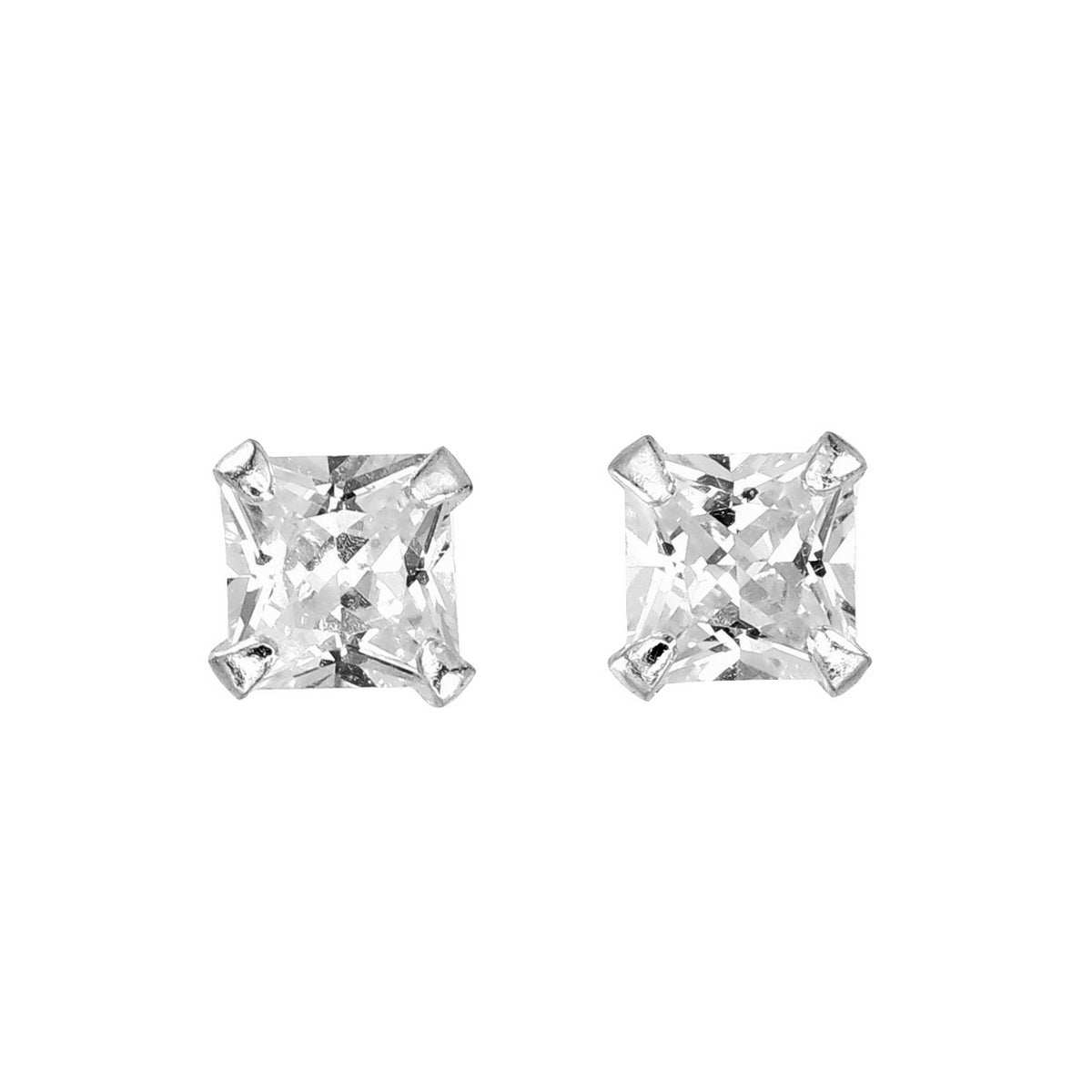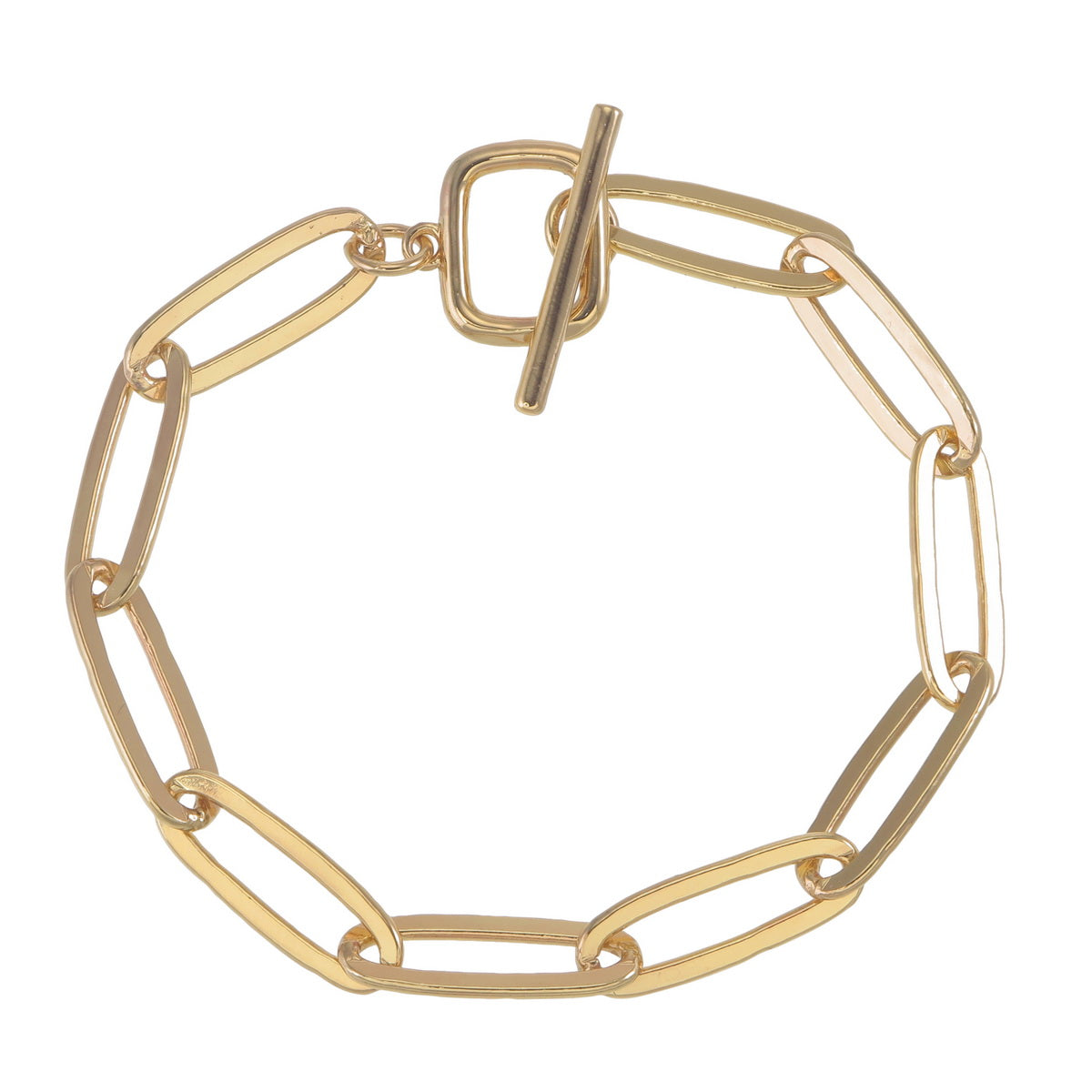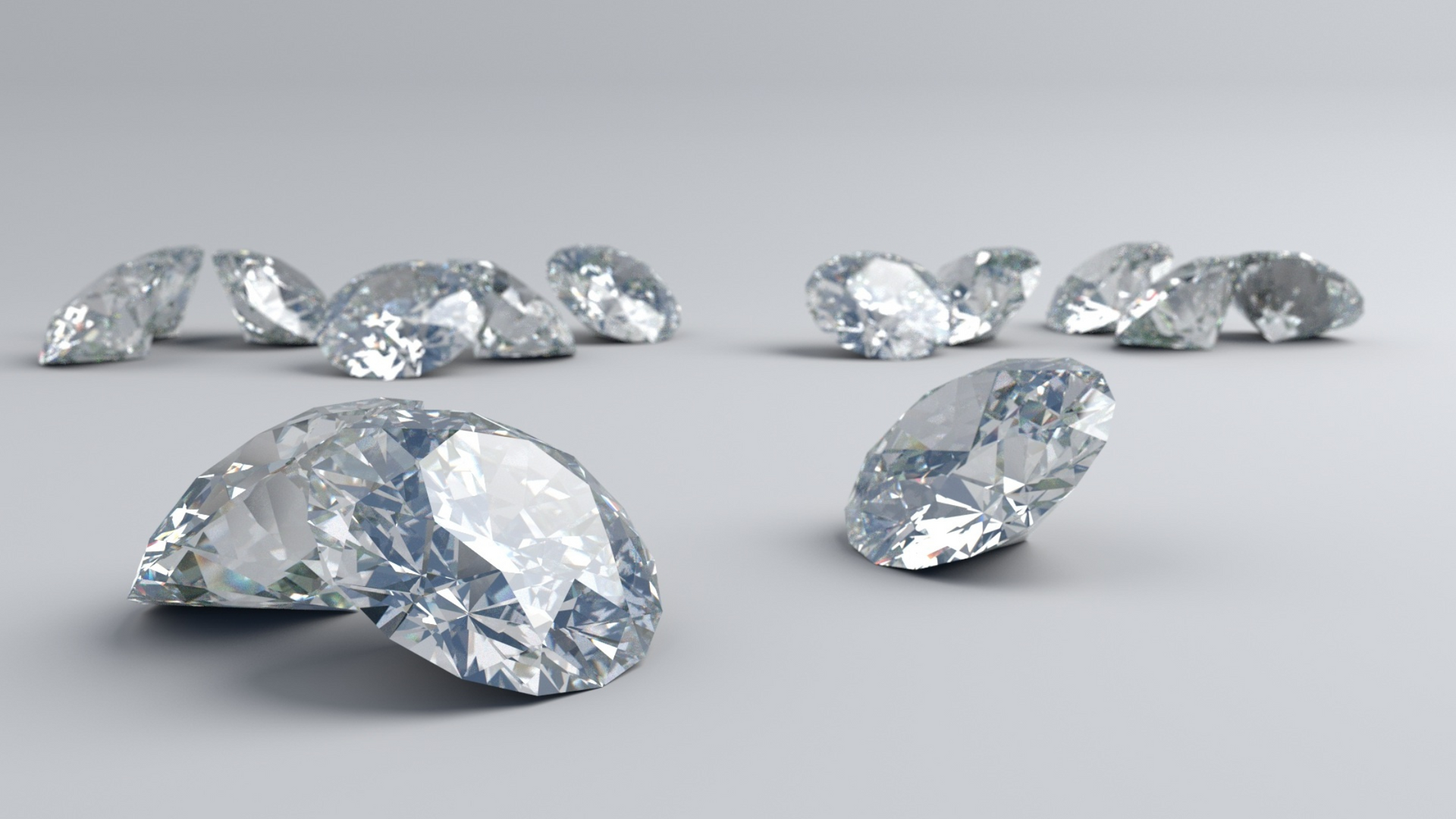Origin of Birthstones
Birthstones have their roots in ancient civilizations, where gemstones were assigned mystical properties based on astrological connections. From the breastplate of Aaron in biblical times to the cultural beliefs of ancient societies, birthstones have symbolized protection, luck, and spiritual significance. Over time, this tradition evolved into the modern practice of wearing a specific gemstone corresponding to one's birth month, offering a personal connection to the rich history and lore surrounding these precious stones.
When should you offer a birthstone?
Offering a birthstone as a gift is a thoughtful gesture that adds a personal touch to any occasion. Whether it's a birthday, anniversary, or milestone celebration, presenting someone with their birthstone showcases a deep understanding of their personality and preferences. Birthstones hold special significance, believed to bring luck, protection, and positive energy to the wearer. By gifting a birthstone, you're not only offering a beautiful piece of jewelry but also a symbol of connection and appreciation. From the mesmerizing hues of sapphire for September to the radiant sparkle of diamond for April, each birthstone carries its unique charm and meaning. So, the next time you're searching for the perfect gift, consider the timeless elegance of a birthstone—a gemstone that embodies both beauty and sentimentality.
What is the birthstone for April?
The birthstone for April is the illustrious diamond, renowned for its unparalleled brilliance, durability, and timeless elegance. As the epitome of luxury and sophistication, diamonds hold a special significance for individuals born in April, symbolizing purity, strength, and everlasting love. Whether adorning exquisite jewelry pieces or cherished as treasured keepsakes, diamonds captivate hearts with their dazzling beauty and enduring allure, making them the perfect embodiment of April's birthstone.
Origin of Diamonds
The origin of diamonds dates back billions of years to deep within the Earth's mantle, where extreme heat and pressure transformed carbon atoms into the crystalline structures we know as diamonds. These precious gems then journeyed to the surface through volcanic eruptions, forming kimberlite and lamproite pipes. Throughout history, diamonds have held a mystique and allure, revered for their rarity, brilliance, and enduring beauty. From ancient civilizations to modern-day society, diamonds have been treasured as symbols of wealth, power, and eternal love, captivating hearts and minds with their timeless allure and extraordinary origins.

How are diamonds made, and why are diamonds expensive?
Diamonds are formed deep within the Earth's mantle under extreme heat and pressure, where carbon atoms crystallize over millions of years. These crystals are then brought to the surface through volcanic eruptions, often embedded in rock formations known as kimberlite pipes. The combination of their natural rarity, enduring beauty, and cultural significance contributes to diamonds' high value and expense. Additionally, factors such as labor-intensive processes involved in cutting and polishing, as well as marketing and distribution efforts, further contribute to their overall cost.

Additional reasons why diamonds are expensive.
- Natural rarity: The limited occurrence of diamonds in nature contributes to their high value.
- Enduring beauty: Diamonds' timeless allure and aesthetic appeal add to their desirability and price.
- Cultural significance: Diamonds hold symbolic value in various cultures, further enhancing their perceived worth.
- Mining costs: The extraction of diamonds involves significant expenses, including exploration, excavation, and environmental management.
Lab-Grown Diamonds vs. Natural Diamonds: What's the Difference
In the diamond market, two primary categories stand out: lab-grown diamonds and natural diamonds. While they may appear similar, their origins diverge significantly. Lab-grown diamonds are cultivated in controlled environments, boasting ethical benefits and often lower prices. Conversely, natural diamonds undergo a natural formation process deep within the Earth over millions of years. Let's explore the distinctions between these diamond types and their implications for consumers and the industry.
Natural Diamonds:
- Formed naturally deep within the Earth's mantle over millions of years.
- Extracted through mining processes.
- Reflect the geological processes of their natural formation.
- Environmental impact of mining and extraction.
- Generally higher in cost due to rarity and mining expenses.
- Cultural and symbolic significance as natural wonders
Lab-Grown Diamonds:
- Created in controlled environments.
- Produced within weeks or months in labs.
- Mirror the chemical and physical characteristics of natural diamonds.
- Environmental footprint is generally lower.
- Often more affordable due to reduced production costs.
- Offer ethical advantages, as they do not involve mining.

How To Save Money Buying Diamond Jewelry
To navigate the world of diamond jewelry with savvy and style, employ a few clever strategies:
- Begin your journey by mastering the 4Cs—cut, color, clarity, and carat weight. Understanding these fundamentals empowers you to prioritize characteristics that match your tastes and budget.
- Don't shy away from diamonds with slightly lower grades in certain areas; these can offer significant savings while maintaining exquisite visual appeal.
- Next, explore alternative metal options like lustrous white gold or sleek platinum, which can provide a luxurious backdrop for your sparkling gems without breaking the bank.
- For those seeking one-of-a-kind pieces, embrace the allure of vintage or pre-owned jewelry, where you can uncover timeless styles at wallet-friendly prices.
- Lastly, when selecting your dream diamond, consider opting for sizes just below popular weight thresholds—think 0.90 carats instead of a full 1.00 carat—to enjoy comparable beauty with a lighter price tag.
-
By weaving together these smart strategies, you'll not only adorn yourself with stunning diamond jewelry but also delight in the satisfaction of staying within your budget.


